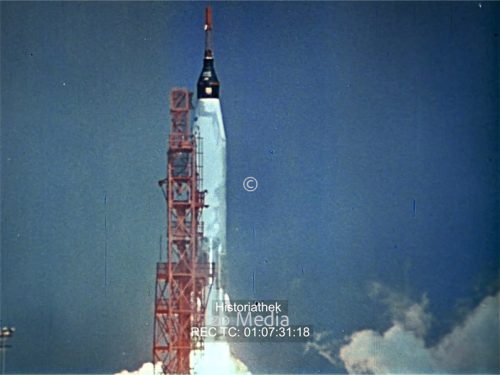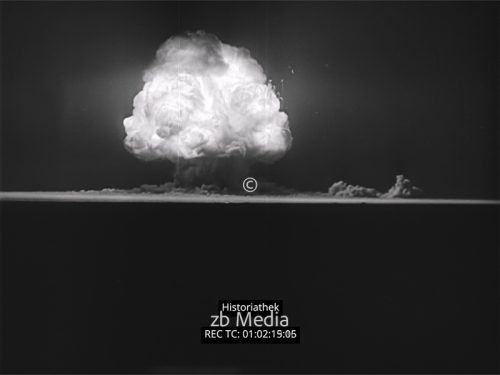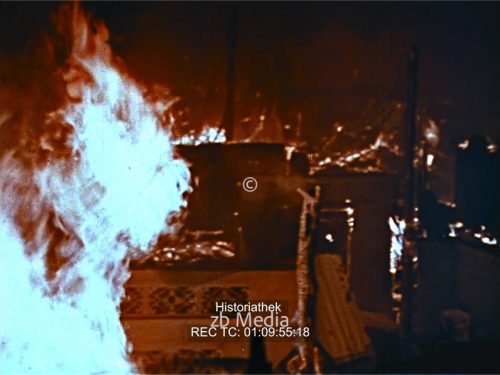Currency reform Munich 1948
Footage: Currency Reform Munich 1948
Images from Munich, filmed in June 1948. The currency reform replaces the Reichsmark with the D-Mark. Film length 4:30. A licence fee of 9 times 30 seconds is charged to purchase a licence for the full feature. #191352
Historical Background
After the end of World War II, Germany was divided into four occupation zones: the western occupation zones under the control of the United States, Great Britain and France, and the Soviet occupation zone in the east. In the occupation zones of the destroyed country, the economic situation was characterized by inflation and shortages. The currency was mainly cigarettes.
In order to restore economic stability, it was decided in the Western zones to introduce a new currency. On June 20, 1948, the German mark was introduced as the official currency in the western occupation zones. Initially, every citizen could exchange 40 Reichsmarks for 40 Deutsche Marks. The Reichsmark was replaced by the Deutsche Mark. For current payments such as wages and salaries, taxes, rents, social security pensions, and pensions, the Reichsmark was converted to Deutsche Mark at a ratio of 1:1. According to the conversion law of June 27, 1948, private bank balances were exchanged for D-marks at a ratio of 10:1.
The introduction of the Deutsche Mark was accompanied by extensive measures to stabilize the economy. These included price stability, control of the money supply, reduction of subsidies and reforms in the banking system. The reform contributed significantly to West Germany’s economic recovery and laid the foundation for the country’s reconstruction.
The currency reform of 1948 also had political repercussions. The introduction of the Deutsche Mark was seen as a provocation by the Soviet Union, which had previously sought to introduce a single currency for all of Germany. As a result, the currency reform led to a further deepening of the division of Germany, as the Soviet occupation zone subsequently introduced its own currency, the Ostmark.
The introduction of the Deutsche Mark in the West and the Ostmark in the East ultimately led to the formation of two German states: the Federal Republic of Germany (FRG) in the West and the German Democratic Republic (GDR) in the East. This division was to remain in place until the reunification of Germany in 1990.





